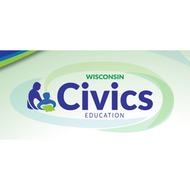Congress and Child Labor
(View Complete Item Description)Congress is made up of a group of people who work together to improve the quality of lives of citizens throughout the nation. Long ago Congress decided that it was important to pass labor laws to protect children. Students will answer the question why child labor was a problem? They will explore this question by investigating a series of photographs of children working in fish factories long ago. In addition, In this episode, students will engage in careful observation to identify objects and note details (See), generate and test hypotheses based on evidence they have collected (Think), and reflect on their learning by applying it to related questions (Wonder).
Material Type: Activity/Lab

















